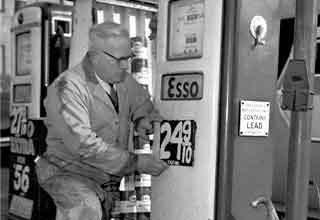
Unfortunately, authority figures using water cannons as a form of crowd control isn’t a new phenomenon. According to the ACLU, they were used in 1930s Germany, and, of course, during the Civil Rights protests in 1960s America. Just this week, police in Kenya used water cannons alongside tear gas in an attempt to subdue anti-tax protestors in Nairobi. But Indian authorities have provided us with what is possibly the most ironic use of water cannons thus far: Using them on protesters upset about water shortages.
The use of water cannons against people protesting against water shortages amid an extreme on-going heatwave in one of the world's largest urban populations... https://t.co/swQmaI4QYR
— Leo Hickman (@LeoHickman) June 22, 2024
India’s capital city of New Delhi is currently experiencing a water shortage amidst an intense heat wave bringing with it hotter temperatures than residents of the city have seen in a decade. Understandably, people are upset at the lack of water available, which has led to protests at water-pump stations like the one shown in the video.
As if to mock the protesters’ suffering, police brought out water cannons and fired them at the crowd, while many of the other officers just stood around, with one even recording the carnage on his phone.
The Irish Potato Famine was historically not the result of famine, but rather the hoarding of food that they had exported to British officials.
— Trashbag (he/they) (@Trashbag5859771) June 23, 2024
Feels relevant here.
Commenters labeled the footage obscene, with one person drawing a comparison to the Irish Potato Famine — a famine that wasn’t caused by a lack of food but rather by officials hoarding the food. I’m sure regular citizens of Delhi have wondered whether those in power are also suffering from inadequate water supplies during this heat wave. Indeed, if the shortage isn’t a result of hoarding, there wouldn’t be enough water to justify wasting it on crowd control.
In recent weeks, Delhi has seen temperatures in the 90s and 100s, but which, due to the city’s humidity, feel closer to temperatures as high as 116 degrees — imagine enduring that with no water. If that weren’t enough, one minister was recently hospitalized after launching a hunger strike to demand that Delhi receive its fair share of water from Haryana, the neighboring state whose government has been accused of refusing to provide sufficient water to the capital city.






3 Comments